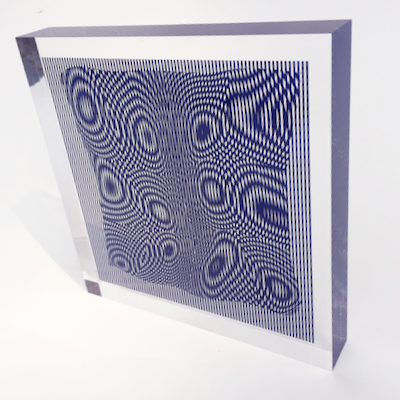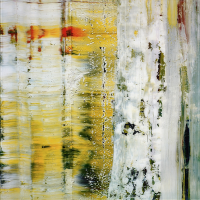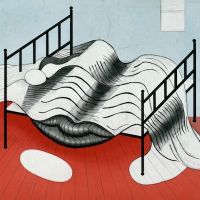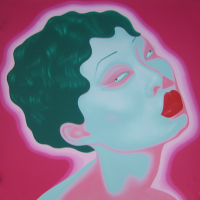
What is an Acrylic sculpture?
Acrylic sculpture is the name for a process and object. The artist makes a sculpture from clay, plaster or epoxy, uses it to make a flexible mold, pours melted acrylic into the mold, and when cured, hand finishes the acrylic piece with sanding and polishing.`
Artwork by Alberto Biasi- Show All
- Established
- Discoveries
ARTWORKS RELATED TO ACRYLIC SCULPTURE
Felipe Pantone
Subtractive Variability Manipulable 6, 2023
Sculpture / Object
Acrylic sculpture
EUR 4,000
Felipe Pantone
Substractive Variability Compact 2, 2022
Sculpture / Object
Acrylic sculpture
Currently Not Available
Gregorio Vardanega
Boite à Cercles de Couleurs, 1970
Sculpture / Object
Acrylic sculpture
Currently Not Available
Felipe Pantone
Substractive Variability Compact, 2022
Sculpture / Object
Acrylic sculpture
EUR 4,700
Rafael Jesus Soto
Espace cinétique, 1986
Sculpture / Object
Acrylic sculpture
Currently Not Available























